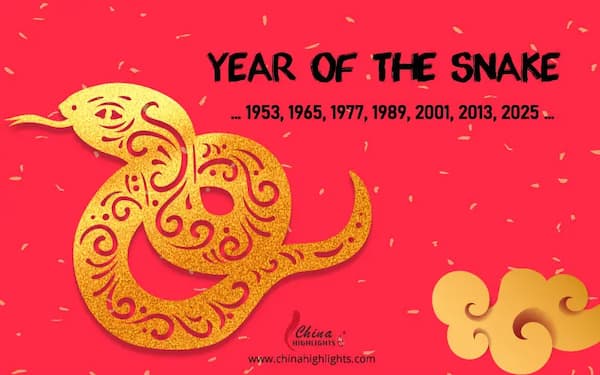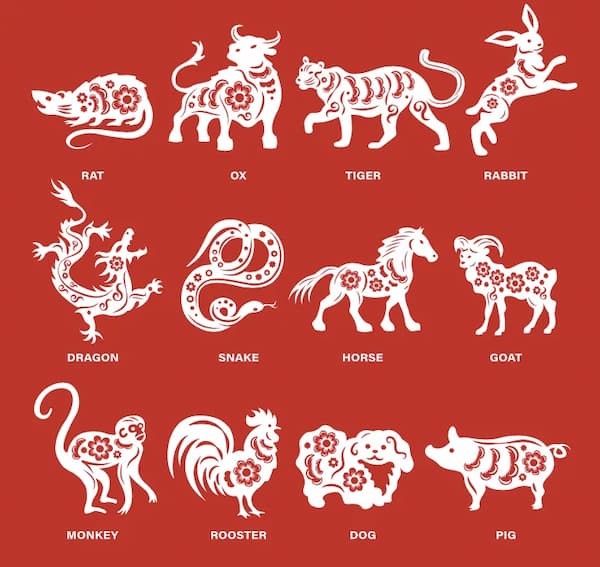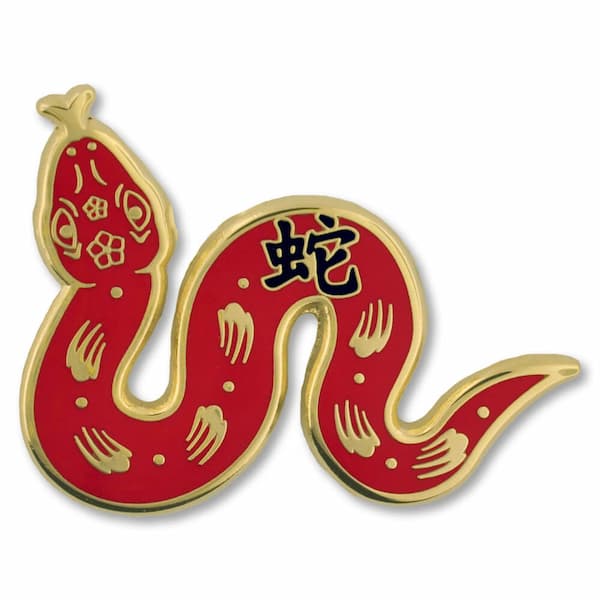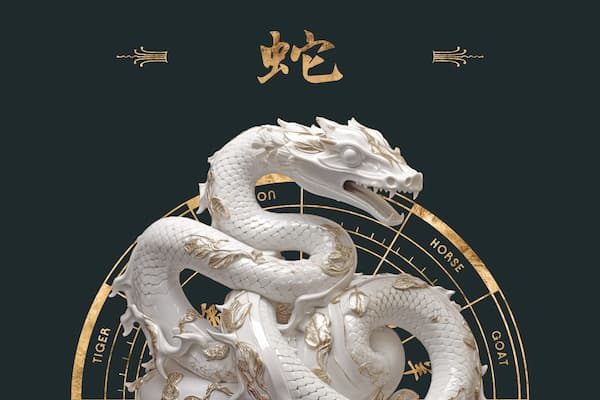by Hermione LAI
This year promises to be filled with transformation and growth, and whether you are looking for big changes or small wins, there is a magical energy in the air. The snake may be mysterious, but it is also very powerful, resourceful and ready to lead us towards a new beginning.
The Wood Snake

In the Chinese zodiac, the snake occupies the sixth position, and it is associated with wisdom, charm, elegance, and transformation. People born in the Year of the Snake are supposed to be intuitive, strategic, and intelligent. In 2025, the Year of the Snake starts on 29 January and ends on 16 February. 2025 is the year of the Wood Snake, associated with growth, creativity, and expansion.
People born under the influence of the Wood snake tend to be highly creative. Highly innovative and artistic, they have a natural ability to create new ideas and come up with solutions. Individuals also exhibit a strong sense of nurturing and caring, making them more emphatic and concerned about others. And since wood can bend without breaking, Wood Snakes are uniquely capable of adapting and can go with the flow when necessary.
Love Life

It has been predicted that individuals born under the zodiac of the snake will experience a particularly vibrant and fulfilling love life. Their natural charm and allure will make it easy for them to attract members of the opposite sex, leading to a year filled with romantic opportunities and excitement. Wood Snakes tend to be more reserved in the beginning stages of a relationship, so it may take time for attraction to turn into something more lasting.
However, it is advisable to exercise caution and avoid indulging in their romantic pursuits. Excessive behaviour can complicate relationships and lead to unintended consequences, such as unwanted pregnancies. By setting boundaries and using their intelligence and judgment, Snakes can enjoy romance without facing complications. Your best matches are the Rooster, Ox, and Dragon, but you should absolutely stay away from Monkey and Tiger.
Money

2025 looks quite promising for Wood Snakes in terms of wealth, income, and family growth. There might be opportunities for financial growth through strategic investments, planning, or business ventures. If you’ve been waiting for the right moment to take a financial leap, such as investing in stocks, real estate, or starting a business, this may well be a good year to move forward, but only after careful consideration and planning.
It has been predicted that 2025 will be particularly beneficial for individuals in the communication sector and that collaborations with foreign companies may lead to additional income. However, Wood Snakes can be drawn to indulgent spending, especially on luxury items. Be mindful of your financial habits in 2025, especially when it comes to unnecessary purchases. Set a clear budget and stick to it, ensuring that you prioritise your financial goals over momentary desires.
Health

Even though the physical energy might be high, the Wood Snake might be vulnerable to stress and mental fatigue in 2025. Sometimes, individuals born under that sign tend to overthink and strategise, leading to excessive worrying. Please be careful, as emotional health might be impacted.
It’s always a good idea to incorporate relaxation techniques like meditation, yoga, or deep-breathing exercises into your daily routine. Allow yourself moments of downtime to decompress from the mental and emotional pressures you face. And if you are prone to anxiety, you might find that stress manifests physically, such as tension headaches, digestive issues, or muscle strains.

2025 will likely be a wonderful year if you are born under the sign of the Snake, as you will experience significant growth and transformation driven by a balance of strategic planning, emotional awareness, and a deepening of both personal and professional connections. You will navigate all challenges with patience and resilience.
Happy Chinese New Year! May the Year of the Snake bring you wisdom, prosperity, and endless joy!






